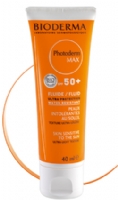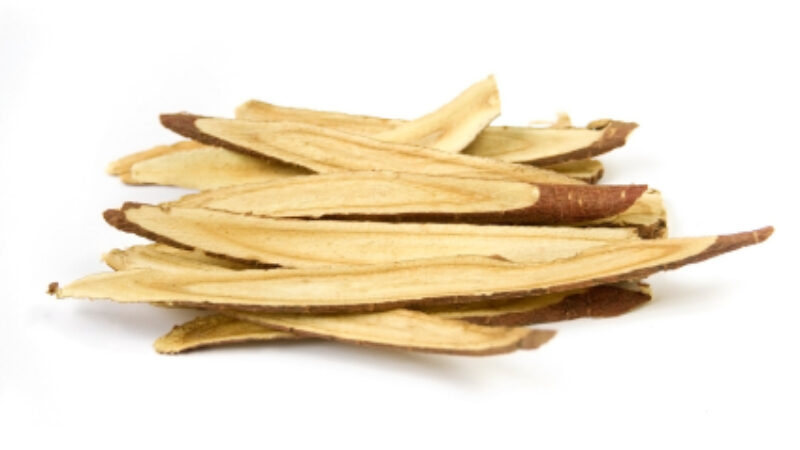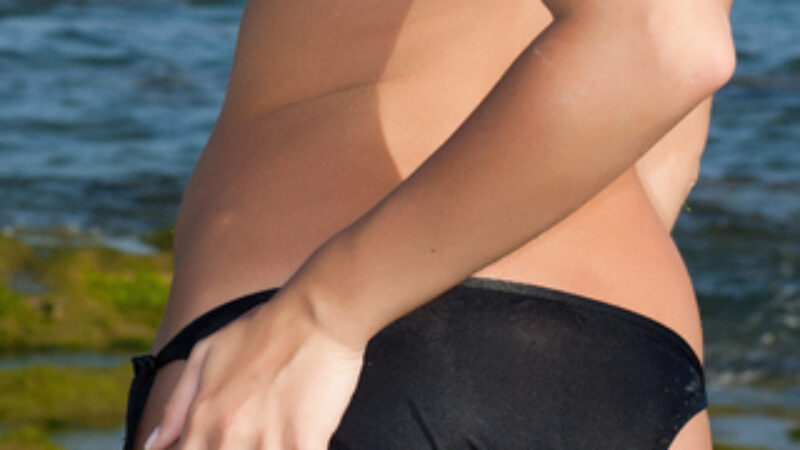Because the sun’s UVA and UVB rays can cause substantial long-term damage to your skin, you should consider using a protective sunscreen throughout each day year round. For people who have skin that is sun-intolerant (for example, pale skin), a sunscreen needs to offer high, broad spectrum coverage of UVA and UVB rays. Bioderma Lait sunscreens contain Tinosorb M and Tinosorb S to provide high photostability while protecting your skin from UV radiation. Below, I’ll describe how these ingredients work to shield your skin from a wide range of UV rays.
Tinosorb M And Tinosorb S
Tinosorb M (Bisoctrizole) and Tinosorb S (Bemotrizinol) are both UV radiation absorbers. Tinosorb M can absorb both UVA and UVB rays. It’s an efficient UV filter that uses tiny particles to absorb, reflect and scatter ultraviolet rays. Tinosorb S can also absorb UV rays. While it provides effective protection from UVB rays, it’s also one of the most effective ingredients used in sunscreens for protecting the skin from UVA rays. Neither ingredient is fully absorbed into the skin nor do they cause skin irritations. Bioderma Lait sunscreens can offer a smooth texture for sun-sensitive skin by including Tinosorb M And Tinosorb S to provide broad spectrum UV protection.
High Photostability
The photons within ultraviolet radiation can cause photodegradation in molecules. This can lead to molecules breaking into small particles and even irrevocably altering their shape. Both Tinosorb M and Tinosorb S are highly photostable in direct sunlight. This level of photostability offers additional protection to other ingredients within Bioderma Lait sunscreens. Because many of the ingredients commonly used in sunscreens to absorb UV rays are photodegradable (for example, avobenzone and octinoxate), they can lose effectiveness. Tinosorb M And Tinosorb S can help avert this photodegradation. As a result, sunscreens that use these ingredients can offer significant UV protection when directly exposed to sunlight.
Extensive UV Protection
Many sunscreens offer limited protection from both UVA and UVB rays. If they do provide protection, it’s usually limited to a narrow band of UV wavelengths. This is why Tinosorb M and Tinosorb S are important. Together, these ingredients cover UV rays across the full range of UVA and UVB wavelenghts (280-400 nm). This can protect your skin from sunburns caused by UVB rays and the long-term cellular damage caused by UVA rays.
Tinosorb M and Tinosorb S complement each other while protecting other sunscreen ingredients from degrading under direct sun exposure. People who have extremely sensitive skin that is sun-intolerant should consider using Photoderm Max SPF 50+ Lait for face and body or Bioderma Photoderm Max Fluide for face. Both sunscreens include Tinosorb M and Tinosorb S and offer extensive protection from both UVA and UVB rays. For those who spend a significant amount of time in the sun, this product can prevent many of the long-term effects of exposure to UV radiation.




